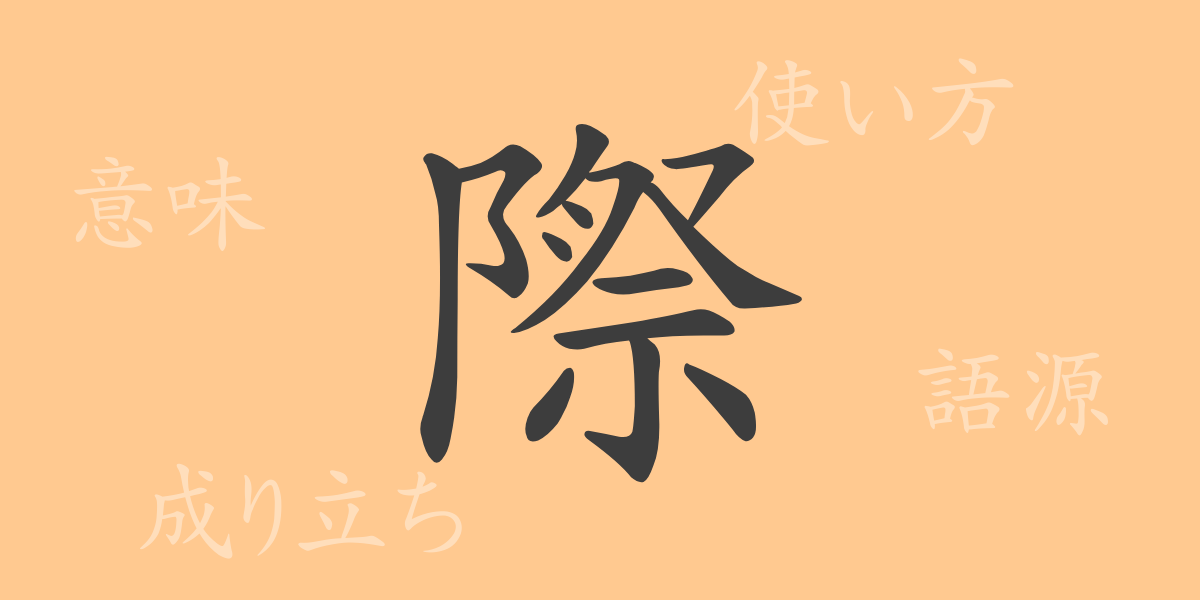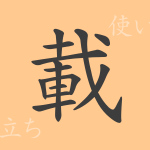The beauty of the Japanese language is brought forth by its complex and rich writing system. At the heart of this system lies kanji, each with its own unique meaning and history. This time, we focus on the common-use kanji “際” (sai) and explore its origins, meanings, usages, and related idioms and proverbs.
Etymology of 際 (sai)
The kanji “際” (sai) originated from ancient Chinese characters. Its form combines “彐” (kei), representing a pig’s snout, and “立” (ritsu), meaning to stand. Originally, it symbolized the act of marking boundaries by standing markers on the ground, which led to meanings such as “boundary” and “edge.”
Meanings and Usages of 際 (sai)
The kanji “際” (sai) has multiple meanings, generally referring to “boundary,” “time,” or “occasion.” For example, in an international context, “際” (sai) refers to borders, and in the phrase “好機を逃すな” (kōki o nogasu na), it means a golden opportunity. Depending on the context, it can also be used to express distinct differences, as in “際立つ” (kiwadasu), meaning to stand out.
Reading, Stroke Count, and Radical of 際 (sai)
The kanji “際” (sai) is frequently used in Japanese. Understanding its readings and structural elements is crucial in learning kanji.
- Reading: In the on’yomi reading, it is “サイ” (sai), and in the kun’yomi reading, it is “きわ” (kiwa).
- Stroke count: “際” (sai) consists of 14 strokes.
- Radical: The radical is “阜” (こざとへん, kozato-hen) or “阝” (こざとへん, kozato-hen).
Idioms, Phrases, and Proverbs Using 際 (sai) and Their Meanings
There are numerous idioms, phrases, and proverbs in Japanese that include “際” (sai). Here are some examples:
- 一期一会 (いちごいちえ, ichigo ichie): Cherishing each encounter as a once-in-a-lifetime opportunity.
- 危機一髪 (ききいっぱつ, kiki ippatsu): A close call or a hair’s breadth escape from danger.
- 際立つ (きわだつ, kiwadasu): To stand out or be prominent compared to others.
- 境界線 (きょうかいせん, kyōkaisen): A boundary line that separates two areas.
- 絶好の際 (ぜっこうのさい, zekkō no sai): The perfect opportunity or timing.
Conclusion on 際 (sai)
The kanji “際” (sai) enhances Japanese expressions with its wide range of uses and rich meanings. From its etymology, readings, and usages to idioms, this single character has an immense influence. “際” (sai) permeates every aspect of our language, from everyday conversation to business scenes and literary works.

























